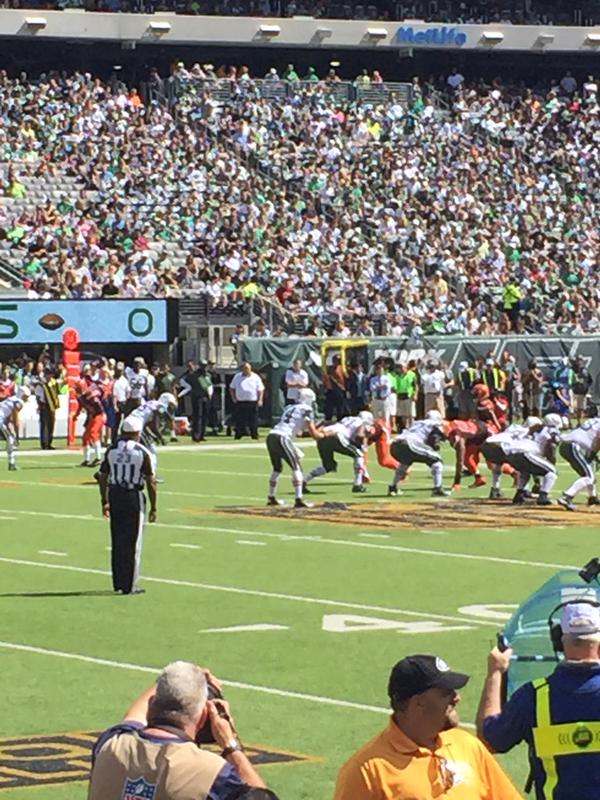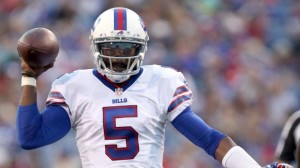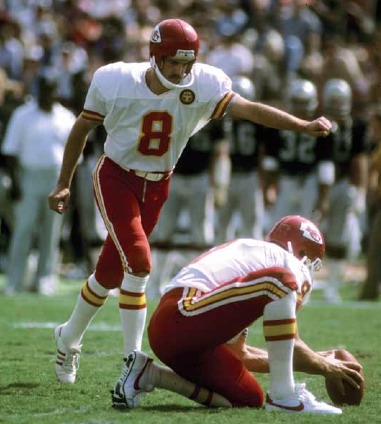Below you will find 38 pairs of numbers. In each case, you tell me which number will be bigger. One point for each correct answer. Most points wins.
Ties — and I expect there to be a nontrivial number of them — go to the side that had fewer votes. For example, here is a pair:
Number of wins by the Lions
Number of wins by the Ravens
Let’s say 41 people take the Lions and 54 take the Ravens. If the Lions and Ravens end up with the same number of wins, then each Lions-backer will get a point and each Ravens-backer will not.
GRAND PRIZE: the main prizes will be (1) honor and (2) glory. There will also be some sort of trinket to be named later. By the time this thing is over, more than five months will have passed, so that gives me some time to scrape something together. But you probably shouldn’t enter unless honor and glory are sufficient.
MORE RULES:
1. Everyone is limited to one entry per person. This will be enforced by the honor system. If caught breaking this rule, you, your children, and your children’s children will be banned from all future FP contests.
2. I won’t enter the contest myself, which will allow me to arbitrate any dispute impartially. Any ambiguities in the rules will be clarified by me in whatever way causes me the least amount of hassle.
3. While there are quite a few items that refer in some way to the NFL postseason, unless specifically stated, all the items below refer to regular season totals only. For example, here’s a pair:
Margin of the Titans biggest win.
Number of Passing TDs thrown by Marcus Mariota.
This one will be decided based on the Titans regular season and Mariota’s regular season numbers. I’d hate for there to be confusion when Tennessee wins a playoff game by 28.
4. If you try to get cute and complain that the Titans one-point win over the Colts was actually their “biggest win” even though it wasn’t their win with the biggest point margin, see rule #2. Ignoring your comment is generally my hassle-minimization strategy of choice.
5. You may enter until 1:00 p.m. Eastern time on Sunday, September 13th, 2015. However, you can earn a bonus of two (2) points if you enter before kickoff of Thursday’s game.
6. In the event that the contest ends in a tie, the winner will be the person whose entry was submitted first.
HOW TO ENTER: Cut-and-paste the list of questions below into your editor of choice, delete the choices you don’t like (thereby leaving the ones you do like), and then cut-and-paste your 38 answers into the comments of this thread. Do not worry about whether the players are linked to their PFR page or not. Please do not edit the text in any way other than deleting half of it. If you want to leave non-entry comments, you are free to do so either at the very end of your entry or in a subsequent comment, but please do not put commentary in the body of your entry. [continue reading…]
 For the fourth straight year, the Jets have opened at home. Each time, the Jets have been blessed with the good fortune of getting to face one of the weaker teams in the league. And each time, the Jets have emerged victorious. Given that I spent half of my Sunday at the game, my week 1 analysis is going to be limited to the wonder that was Jets/Browns.
For the fourth straight year, the Jets have opened at home. Each time, the Jets have been blessed with the good fortune of getting to face one of the weaker teams in the league. And each time, the Jets have emerged victorious. Given that I spent half of my Sunday at the game, my week 1 analysis is going to be limited to the wonder that was Jets/Browns.

